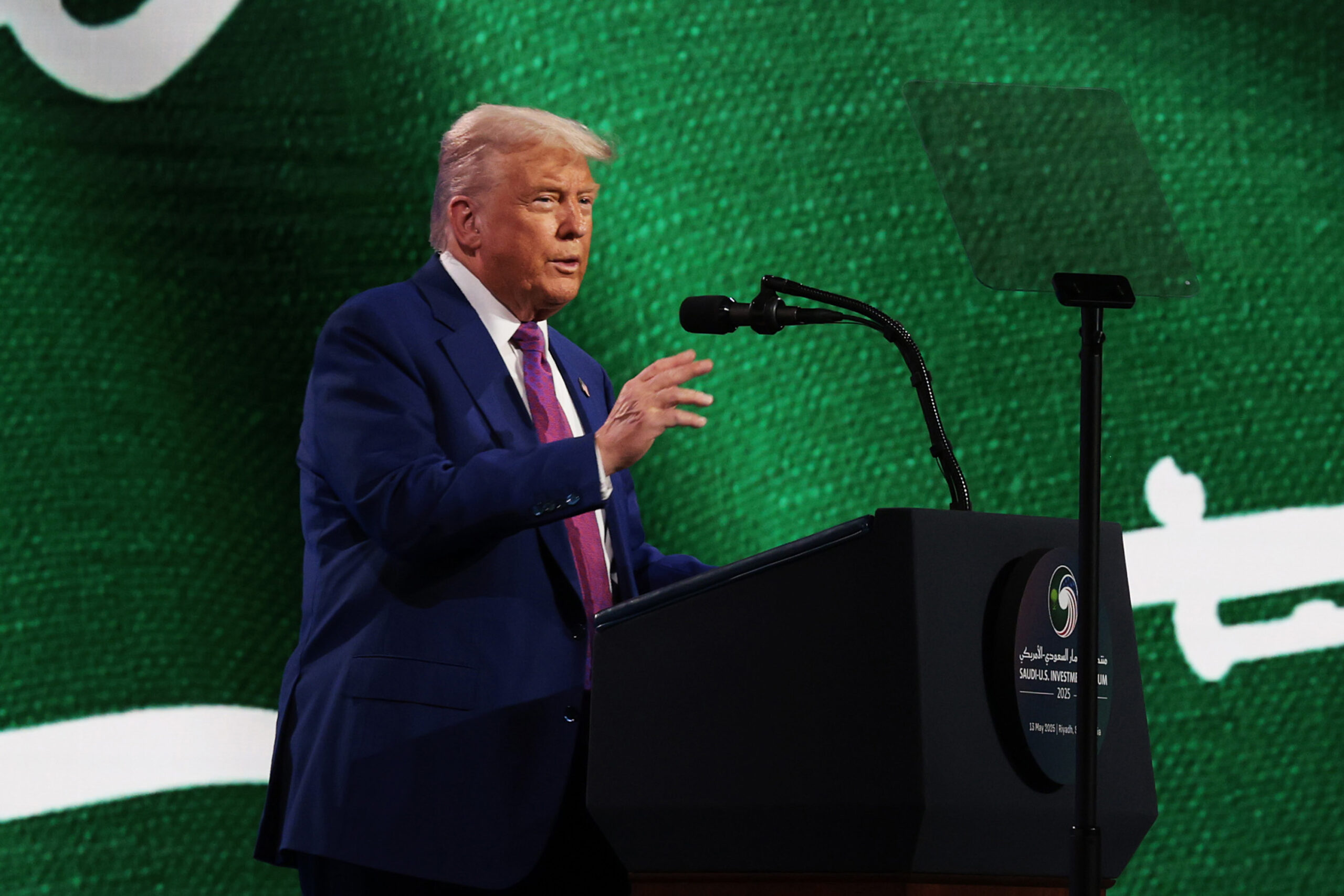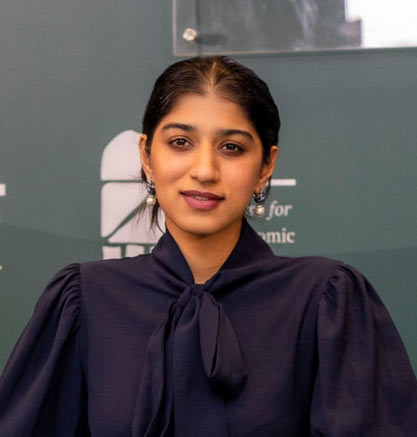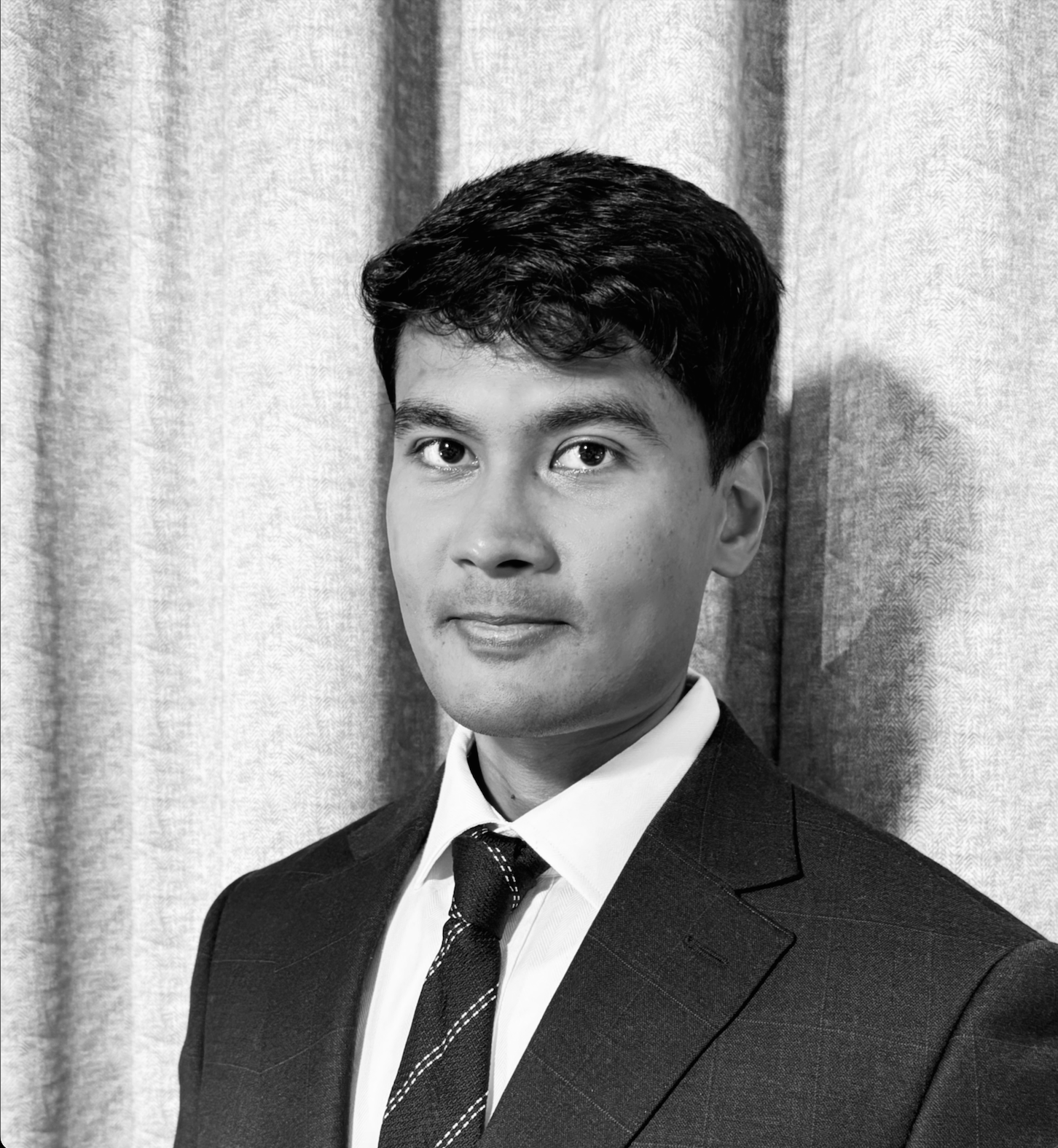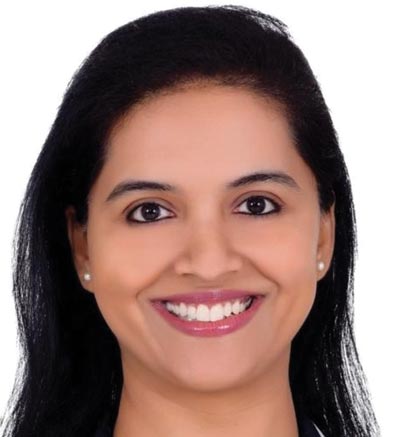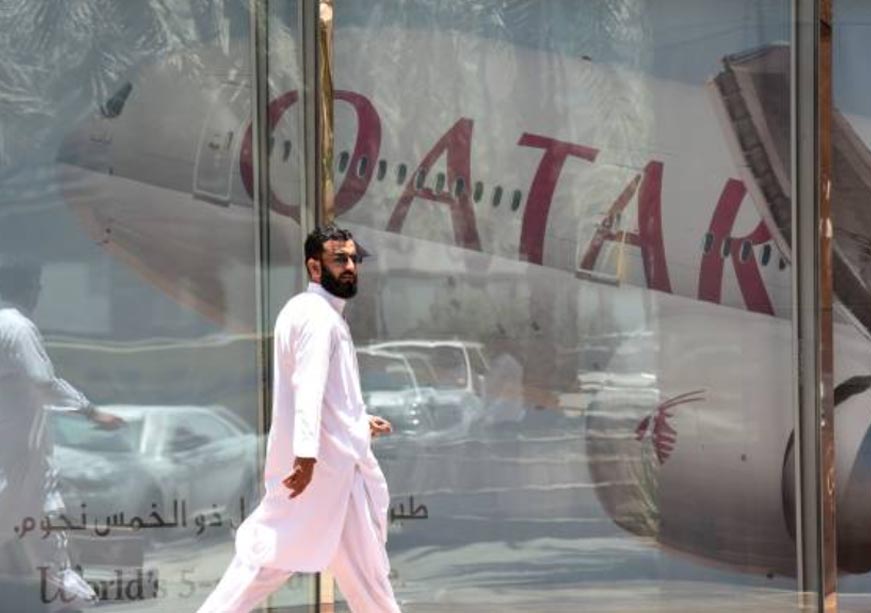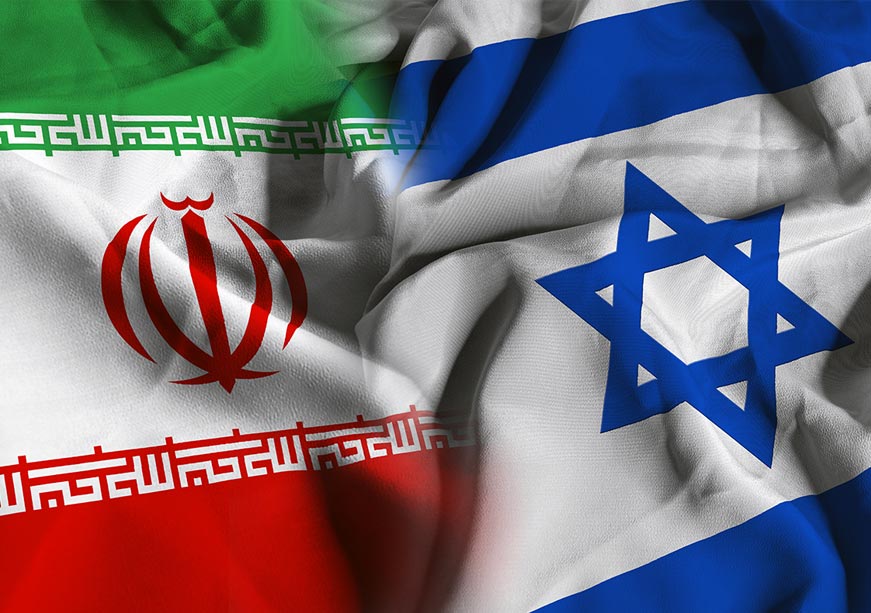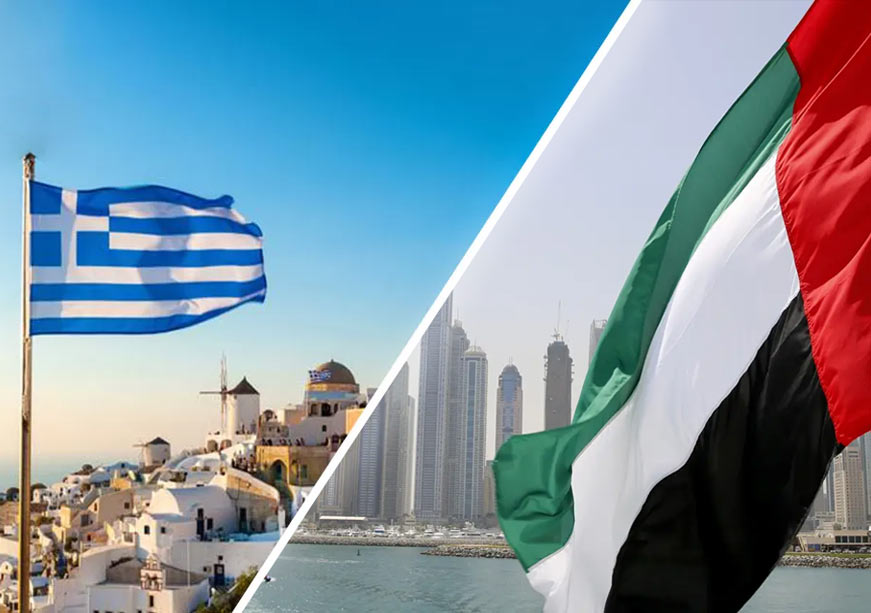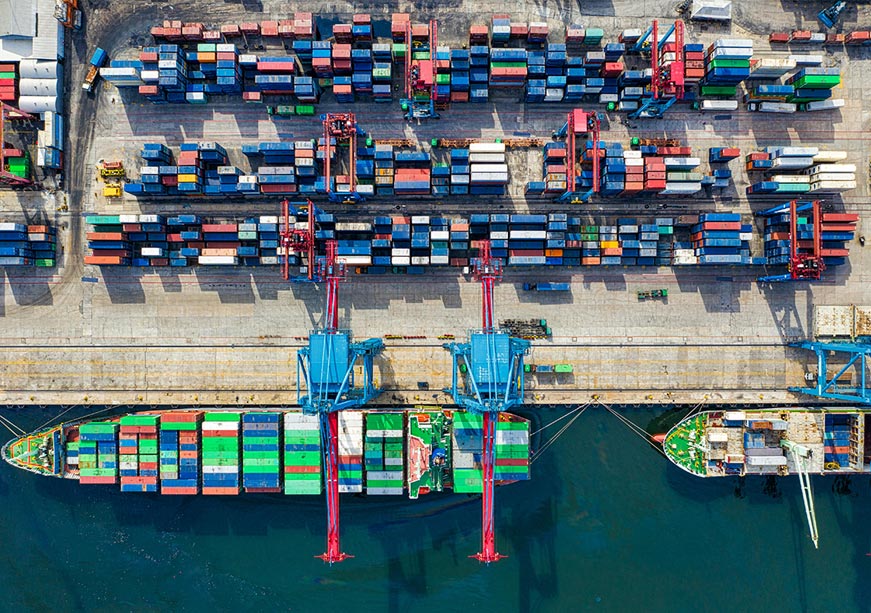Trump Returns to the Gulf: Experts Decode the Strategic Implications
Last week, the United States (US) President Donald Trump returned to the Gulf as a part of his first overseas trip since the commencement of his second term—visiting Saudi Arabia, Qatar, and the United Arab Emirates (UAE) from 13–16 May 2025. By choosing the Gulf as his inaugural destination (aside from the urgent Vatican trip), the administration sent a clear signal that energy, technology, and economic ties top Washington’s agenda and the region stands tall within US priorities. The Observer Research Foundation–Middle East experts decode and analyse the tour’s scope and substance, especially focusing on economic investments, regional energy security, the rise of Artificial Intelligence (AI) partnerships, and the broader great-power dynamics these moves reveal.
Energy’s Evolving Role – Strategic, Quiet, and Tech-Infused
Mannat Jaspal
While defence, trade, and AI were the mainstay of Trump’s Gulf tour, energy and climate diplomacy were the understated and adjacent corollaries to the broader industrial and technology collaborations. The visit signalled a shift from traditional oil barrel-centric negotiation to energy cooperation, encompassing strategic investments in energy infrastructure, Liquefied Natural Gas (LNG) pipelines, AI data centre sustainability, and climate-friendly technologies such as carbon capture and hydrogen. Energy security and job creation were the underlying imperatives for Trump一the cornerstone of his election campaign and current political rhetoric.
In Saudi Arabia, infrastructure and technology investment were at the heart of the bilateral engagement. The US Department of Energy signed agreements with the Ministry of Energy and the Ministry of Industry and Mineral Resources to cooperate over innovation, development, financing, deployment of energy infrastructure, and mining and mineral resources. Central to the investment portfolio was a sector-specific US$5 billion Energy Investment Fund and a landmark deal involving 34 agreements between Saudi Aramco and American firms across LNG, chemicals, AI, asset management, and emission-reduction technologies.
In Qatar, gas diplomacy assumed centre stage. With the third-largest natural gas reserves globally, Qatar has seven active projects in the US worth US$8.5 billion, and has initiated US$18 billion in investments since 2019. Flagship ventures include ExxonMobil’s Golden Pass LNG Terminal (US$10 billion) and Chevron Phillips Chemical’s Golden Triangle Polymers Plant (US$8 billion), located on the Texas Gulf Coast. These are crucial in strengthening US energy security and restoring industrial jobs, especially since Trump has decided to distance himself from his predecessor, Joe Biden’s ‘Inflation Reduction Act’. Trump’s openness to a potential nuclear deal with gas-rich Iran can also be viewed as an effort to recalibrate regional energy dynamics, reasserting its influence over the region’s long-term gas diplomacy.
The UAE, too, has featured prominently in the transactional framework and is committed to building the world’s largest AI campus. Given the UAE’s commitment to the Net Zero 2050 Strategy, it aims to be a first mover in sustainable compute infrastructure. In another significant development, Emirates Global Aluminium committed to developing a US$4 billion primary aluminium smelter project in the US. Aluminium is a critical input for electric vehicles (EVs), renewable energy infrastructure, and grid technologies and is central to the green transition agenda. On the traditional hydrocarbon front, to further lower oil prices and promote job creation in both countries, Abu Dhabi National Oil Company (ADNOC) will partner with ExxonMobil, Occidental Petroleum, and EOG Resources or expand oil and natural gas production worth US$60 billion.
Although oil price coordination was not the central focus of the negotiation, Trump argued for lower oil prices to keep the US shale oil operators competitive in global markets. This will inevitably impact the Gulf’s fiscal and current account deficits, alongside its future ability to fulfil investment pledges outside its borders.
Trump’s broader message was to distance himself from the Biden era’s subsidy-heavy industrial policy to a more commercial and business-oriented diplomacy. The withdrawal of the global semiconductor trade restrictions is a case in point一a move viewed to curb China’s influence in the region. Beijing has become the Middle East’s largest trade partner and one of the biggest investors in the area, holding almost one-third of the direct foreign investments (DFI), dominated by energy and petrochemical products. Only time will tell how Gulf countries manage this sensitive yet crucial diplomatic act between Washington and Beijing. Nonetheless, how Tesla keeps up with BYD’s aggressive regional expansion would add to the discourse. It remains clear that energy diplomacy with the Gulf region is not solely defined by barrels anymore, but hinges on infrastructure, data, minerals, and compute power that will determine the energy futures.
Deal or No Deal? Unpacking Trump’s Record-Breaking Gulf Visit
Samriddhi Vij
President Trump’s 2025 Gulf tour featured multiple record-breaking headline deals, from the largest US arms sale ever to the biggest Boeing widebody order. This tour was presented as an economic mission, a shift from traditional diplomacy to high-stakes trade partnerships. As Riyadh, Doha, and Abu Dhabi secure these historic deals, it is important to consider each nation’s economic objectives, evaluate the commitments secured, and identify the gaps in ambitions.
At each stop, the host nations pursued tailored objectives: Saudi Arabia aimed to fast-track its Vision 2030 roadmap through investments in Artificial Intelligence (AI), renewables, defence capabilities, and even civil nuclear power; Qatar leveraged its pivotal United States military base to branch out from hydrocarbons into aerospace, maritime security, and digital infrastructure; and the United Arab Emirates (UAE) doubled down on its transformation into a knowledge economy through large-scale AI data centers and streamlined semiconductor imports. Meanwhile, Washington pursued its agenda, trying to channel Gulf petrodollars into American factories, technology ventures, and defence contractors to create jobs, reinforce supply chains and counterbalance China’s regional influence. While this economic agenda delivered significant victories for the US-Gulf cooperation, certain objectives remained unrealised.
In Riyadh, the leaders finalised the largest set of commercial agreements ever recorded between the US and Saudi Arabia. This included a US$142 billion defence package, the largest US arms sale ever. While discussions touched on civilian nuclear cooperation, regulatory and non-proliferation complexities postponed prospective agreement, leaving Saudi Arabia’s nuclear ambitions unresolved.
In Doha, Qatar received its first-ever official state visit by a US president. Qatar leveraged its hosting of Al Udeid Air Base to negotiate a US$1.2 trillion economic exchange framework, formalising over US$243.5 billion in commercial and defence accords. A standout was the US$96 billion firm order for up to 210 Boeing planes, clocking history’s biggest Boeing widebody order yet.
In Abu Dhabi, the UAE pursued deeper high-tech partnerships, signing over US$200 billion in deals, most notably a framework to build the world’s largest non-US AI data centre and a preliminary pathway for importing advanced US semiconductors. However, formal amendments to the US export-control regulations are yet to be finalised.
Beyond their economic agendas, Gulf states have long been invested in Syria’s recovery but refrained from committing capital under stringent US sanctions. Trump’s announcement during the Gulf tour to lift those restrictions clears the way for potentially billions of dollars in Gulf-led investment to flow into Syrian reconstruction.
However, certain objectives remain unfulfilled: Saudi Arabia’s civil nuclear framework awaits resolution of non-proliferation safeguards; Qatar must convert its memorandum into enforceable contracts; the UAE awaits formal approvals for semiconductor imports.
Although the Trump administration prided itself on US$2 trillion in announced Gulf commitments, Reuters identified roughly US$730 billion in binding deals, spanning major Boeing orders and defence exports that will support thousands of American jobs. Many headline figures remain non-binding memoranda pending detailed negotiation and US congressional approval. As Trump’s Gulf tour unleashed significant petrodollars and promises, it will be key to solidify commitments in binding agreements to get the deals over the finish line.
Saudi Arabia as a Focal Point of Trump’s Gulf Tour
Mahdi Ghuloom
Commencing his Gulf tour with the same country he visited during the first foreign trip of his previous administration already signals that President Trump views Saudi Arabia as an extremely strategic partner. His two-day presence in the Kingdom of Saudi Arabia (KSA) did not disappoint this notion, and he substantiated his view that the door to influence in the region comes through the Kingdom in his eyes. One of its crucial indicators was the moment that went viral across the Arab world, when Saudi Crown Prince and Prime Minister Mohammed bin Salman (MBS) embraced Trump’s decision to set up the steps for ordering the lifting of sanctions on Syria. It was even more important that President Trump noted this came at the behest of the Saudi leader.
While many expected Trump to prolong the public discussion on the prospect of Saudi Arabia normalising relations with Israel, it was likely a relief for Saudi officials that he stated that the Kingdom would do so at its ‘own time’. He did not push the Saudi leadership further and instead focused on discussing Iran in the presence of MBS. He threatened Iran with ‘massive maximum pressure’ should the latest diplomatic outreach fail, and used his platform in Saudi Arabia to lay out his vision for the region.
The Saudi portion of President Trump’s visit was the most significant for him, personally and geopolitically. Syria, Iran, and Israel were all on the table, and the summit with the Gulf leaders also happened on Saudi soil. This suggests that while economic and technological aspects of the trip were important, they may be overplayed as the trip’s main driver, or even its first leg. Though each of the other stops of his Gulf tour were also important bilaterally, the weight of the Saudi leg was felt regionally for its optics.
The bilateral discussions were the more important features during the other legs of his trip, rather than a large-scale conference such as the US-Saudi Investment Forum. Such forums have a regional focus even without a lavish audience. For example, the Iranian Foreign Minister Araghchi visited the United Arab Emirates (UAE) ahead of Trump’s visit, which could be read as an outreach to contextualise the Iranian perspective in the regional discussions, possibly held between the Emirati and American counterparts. Meanwhile, Qatar’s role as a mediator in the conflict between Hamas and Israel was also another important geopolitical pillar of this trip, and Trump’s visit to Doha seemed to include such discussions on the future of any resolution in Gaza.
Nevertheless, Trump’s remarks in Doha consistently echoed his strong relationship with the Saudi leadership. While this was a Gulf-wide tour, it began in KSA and continued to reference KSA throughout its other stops. Without discounting the other stops, Saudi Arabia was a focal point of this US three-state visit, even if Trump preferred it just for the optics.
Recasting Engagement and Managing Expectations
Cauvery Ganapathy
President Trump’s Gulf visit is a tale of engagement and astute calibration of the undercurrents of incongruent long-term visions between the two sides.
While investments and collaboration under the th US-UAE Partnership for Accelerating Clean Energy (PACE) programme were the highlight of the energy partnership between the UAE and the US until recently, whether through the specialised exploration concession granted to EOG Resources in Al Dhafra or by the increased exploration in the Shah Gas field, hydrocarbon-based energy security and partnerships were central to the visit’s agenda for both countries, and was marked by the US commitments of upto US$60 billion. Expansion of the well-endowed Upper Zakum offshore field by INPEX/JODCO and ExxonMobil through the utilisation of AI and cleaner forms of energy could serve as an important template to integrate new energy pathways into the traditional hydrocarbon partnerships between the two countries. Therefore, energy remains a mainstay of the trade basket between the two sides, despite the shifting contours of the engagement.
Should countries, under the threat of Trump’s volatile tariff regime, offer to bridge the deficit with the US through an increased purchase of US LNG, the Gulf countries would feel an immediate pinch, leading to inflation and budget deficits. Further, the twin US demands for lower oil prices and compliance with its sanction regime can be expected to hurt the bottom line of these hydrocarbon-wealth-based economies.
For instance, the UAE and Saudi Arabia are looking to actively expand investment within their countries in line with their inherently capital-intensive diversification strategies. How the reconfigured fiscal priorities and the tightened domestic public spending will square with their investment commitments in the US could determine the long-term health of relations with the US.
The Gulf countries are also straddling a delicate balancing act between their American and Chinese engagements, especially in the high-growth sectors that will underpin the technological revolution. This is also happening at a time when the Chinese interests and approaches in the energy sector in the Gulf continue to persist and thrive, alongside the establishment of Renminbi clearing houses setting up in the Gulf.
The Iran-Israel dynamic is another part of the inherent dichotomy. While keeping Iranian produce out of the global energy supply makes abundant fiscal sense to the Gulf, their security interests commend a revival of talks, and even an unquiet peace between the US and Iran. This impulse contradicts the present preference in Tel Aviv. Again, Washington’s willingness to sell advanced weaponry to Saudi Arabia could directly impinge on the comparative advantage that the Israelis have long maintained in the region on the back of exclusive access to such American defence technology.
Diversification, in trade, as in politics, allows countries to customise approaches that are uniquely suited to a varied calculus. President Trump’s Gulf visit, in its symbolism and outcomes, demonstrates the value of such a construct for both sides.
Friend-Shoring AI: Chipping Away at China’s Techno-Sphere of Influence
Siddharth Yadav
A notable aspect of President Trump’s Middle East tour was his entourage that included tech Chief Executive Officers (CEO) such as Jensen Huang (CEO, Nvidia), Elon Musk (CEO, Tesla and SpaceX), Sam Altman (CEO, OpenAI), among others. The makeup of Trump’s retinue indicated an invigorated effort to leverage its dominant position in the frontier tech sector to strengthen economic ties with the energy and capital-rich region.
President Trump’s prioritisation of the American AI development was evident since the first few weeks of his return to the White House with the announcement of the US$500 billion Stargate project that touted the arrival of a ‘golden age’ in the US. While Gulf entities were involved in Stargate and subsequent bilateral talks, the AI-focused deals made during Trump’s visit to the region establish technology as a keystone in US-Gulf relations.
Trump’s Middle East tour also marked a shift in US policy to maintain global leadership in AI development and limit the growth of the Chinese AI ecosystem. The previous Biden administration favoured a restrictive approach of strict export controls, such as the Framework for AI Diffusion, designed to isolate Chinese entities from the AI supply chain. However, there is no consensus on the success of US export controls on advanced AI chips, and the approach has been criticised for being too heavy-handed towards emerging tech markets. The Biden-era approach also presented the risk of the global AI value chain bifurcating into two antagonistic spheres of influence by pushing developing economies towards the Chinese AI stack that is more cost-effective to deploy.
In contrast, the Trump administration has adopted a co-development approach based on economic incentives and bilateral agreements, making it favourable for emerging players in key regions such as the Gulf to integrate into the US AI supply chain. Reports highlight two major tech deals that were reached during Trump’s visit. The first was with the Kingdom of Saudi Arabia (KSA), involving a US$600 billion package for two-way investment between the two nations. The deal included investment commitments by KSA entities in US datacenters, an export agreement for advanced hardware made by Nvidia and AMD, an ecosystem deal between Amazon, Qualcomm, and KSA’s AI company HUMAIN and commitments to invest private US capital into KSA’s projects.
An equally noteworthy partnership was established between the US and the UAE, resulting in an agreement for the UAE’s G42 to import cutting-edge Nvidia AI chips and the announcement by G42 and the US for building a 5 gigawatt AI campus in Abu Dhabi, all wrapped up in a US$200 billion investment deal.
This investment frenzy is representative of a multi-pronged approach to unlock a massive pool of capital for US AI developers, offset the pressure on American energy infrastructure, increase the availability of compute for US entities, and, finally, to increase the adoption of American hardware in the region before Chinese tech entities can acquire any meaningful marketshare. While some have criticised Trump’s approach of friend-shoring the US AI supply chain for overlooking potential security risks, this policy shift towards controlled cooperation rather than competition will be well received by the countries that found themselves at the losing end of Biden-era AI diffusion rules.

